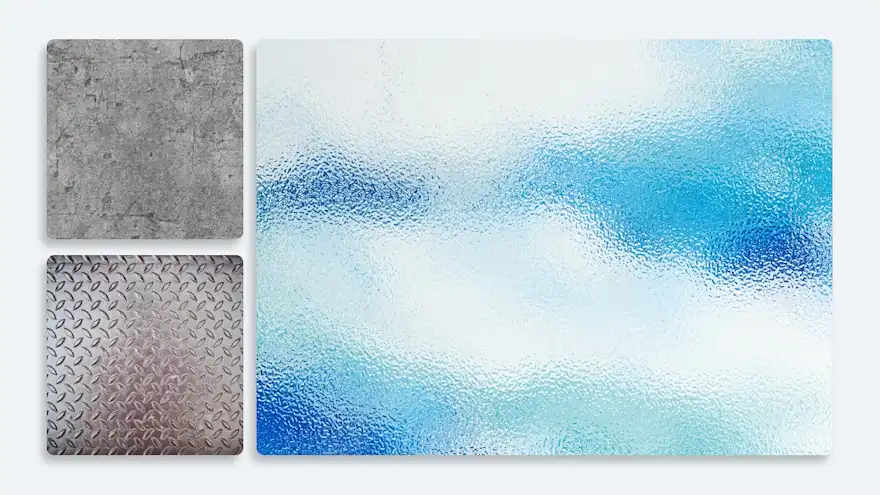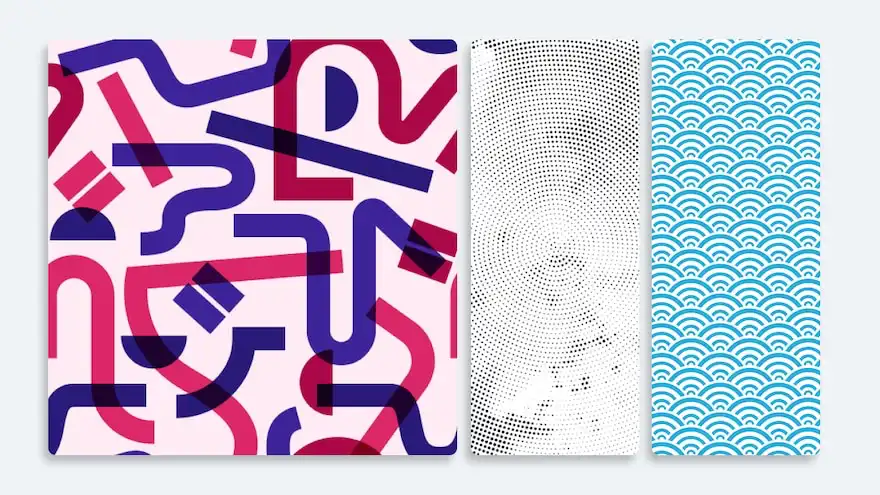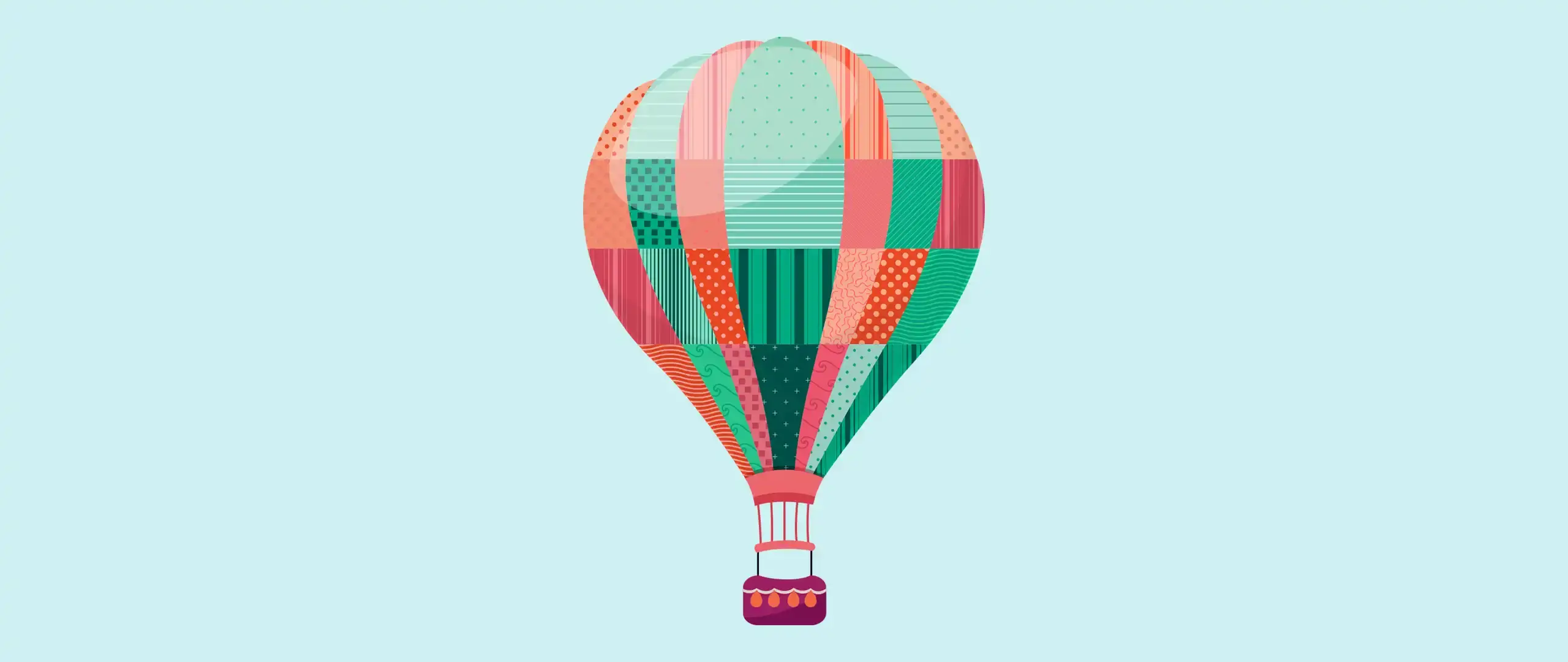The possibilities of texture in graphic design is endless because we experience texture in our every day lives.
We are enveloped in texture from the moment we wake up until we go back to bed. They affect us emotionally and our senses. From the cold metallic textures of aluminum to the natural texture of wood, they definitely make an impression.
But when it comes to texture in graphic design, its role cannot be overstated. Subtle shades, patterns, and swirling lines are all elements that can give your design a unique edge. And still convey meaning and emotion with hardly any effort.
The use of texture in is incredible. Not only does it take visuals to a whole new level, but also introduces diversity, and personality that simply cannot be achieved through flat graphics alone. With this in mind, let’s explore how textures have become an integral tool for designing impactful and engaging.
What Is Texture In Graphic Design?
Textures are any type of visual element that creates a tactile feeling. In other words, when you observe something with texture, it looks like you could reach out and touch it. This could be anything from a rough stone wall to a smooth leather chair cushion. In graphic design, textures are used to give designs an extra layer of detail that makes them feel more real or lifelike.
The types of textures used in graphic design vary greatly depending on the project. In general, there are two main types of textures that are commonly employed: physical and abstract. Physical textures come from real-world objects such as wood grain, fabric weave, or marble veins. And abstract textures are created digitally by manipulating colors, shapes, and lines. Both types of textures can be effective when used correctly!

Physical Textures
Natural abrasion, decay, and grained textures are ever present in these physical textures. They are a wonderful way to connect compositions with reality, connecting with an audience through the sense of touch or familiarity. Many of these types of textures are created from photographs of various textures found in real-life objects and situations. Scanned and digitized, they can create some stunning texture effects.

Abstract Textures
Unlike physical textures, these abstract textures are digitally created, possibly by using the pattern tools in Illustrator. With a more uniform result, they will come across as less chaotic and also highly editable in the state you find them in. They will especially work well with cleaner design compositions.

